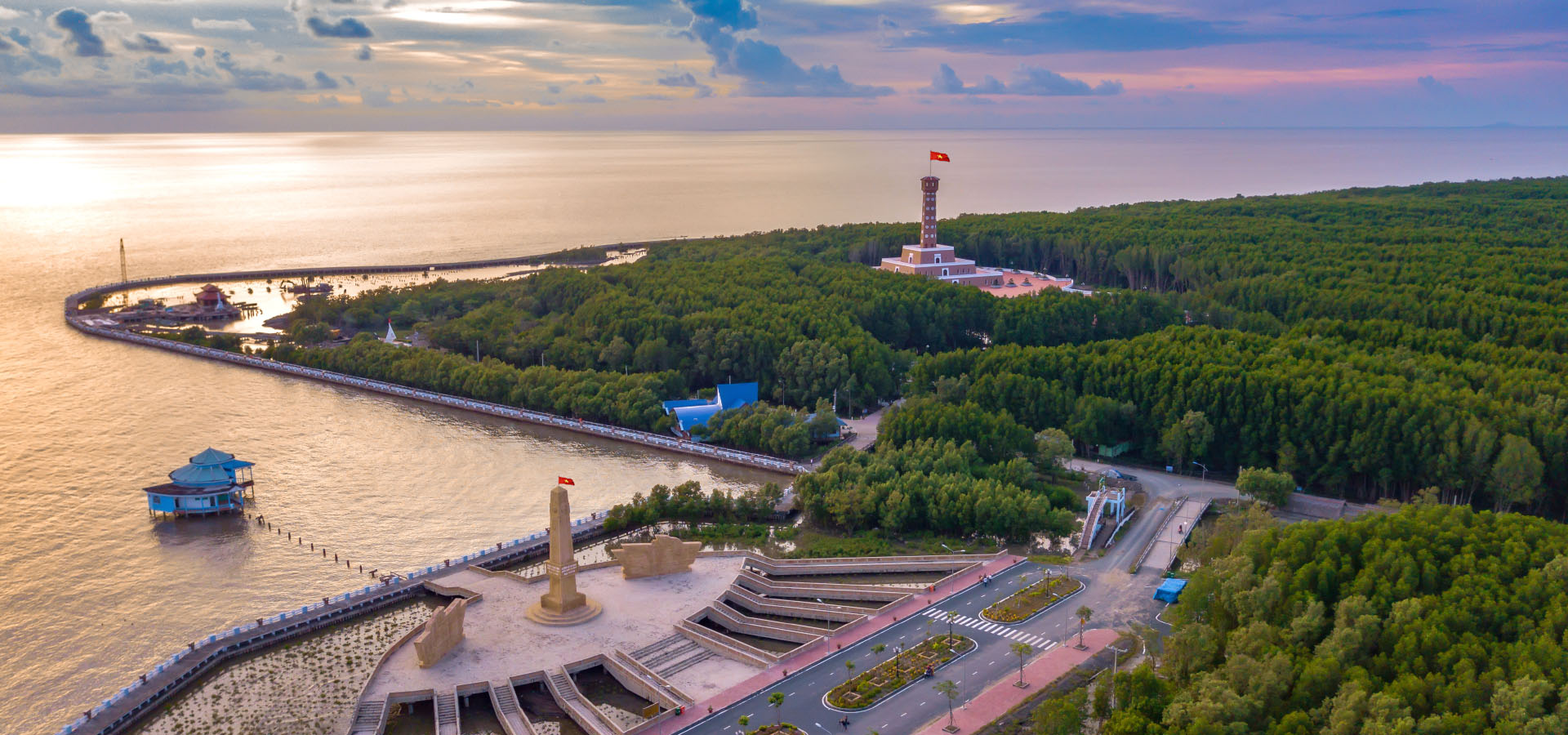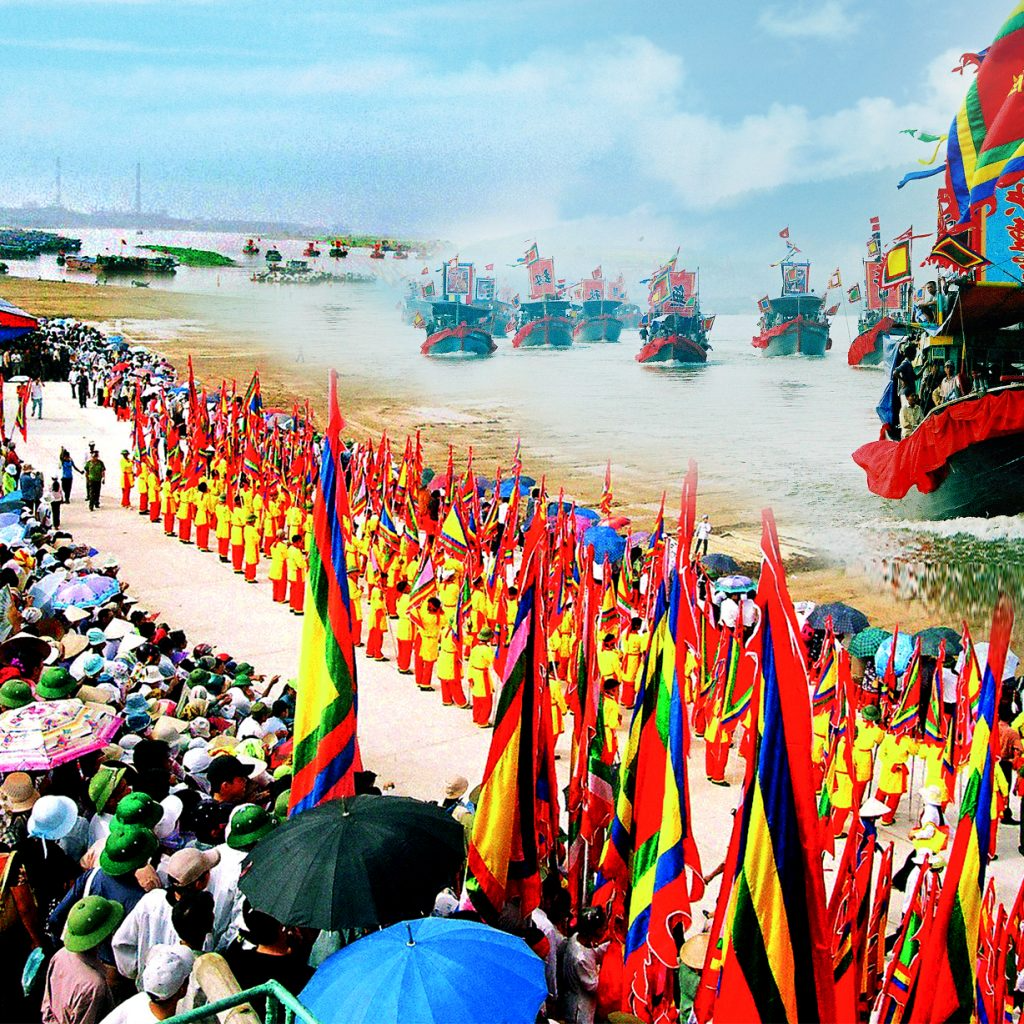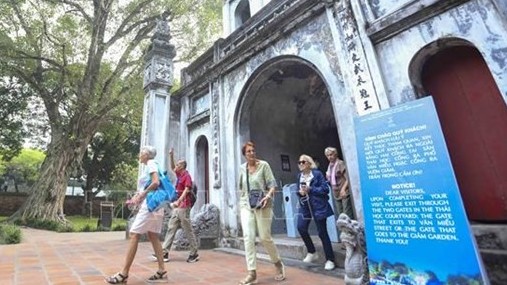Ca Mau’s pristine sites and cultural values magnet for tourists
| Ca Mau: Beautiful natural land of islands and forests | |
| Ca Mau develops unique products to promote tourism | |
| Impressive Ca Mau during Traditional Festival of Praising Sir. Whale |
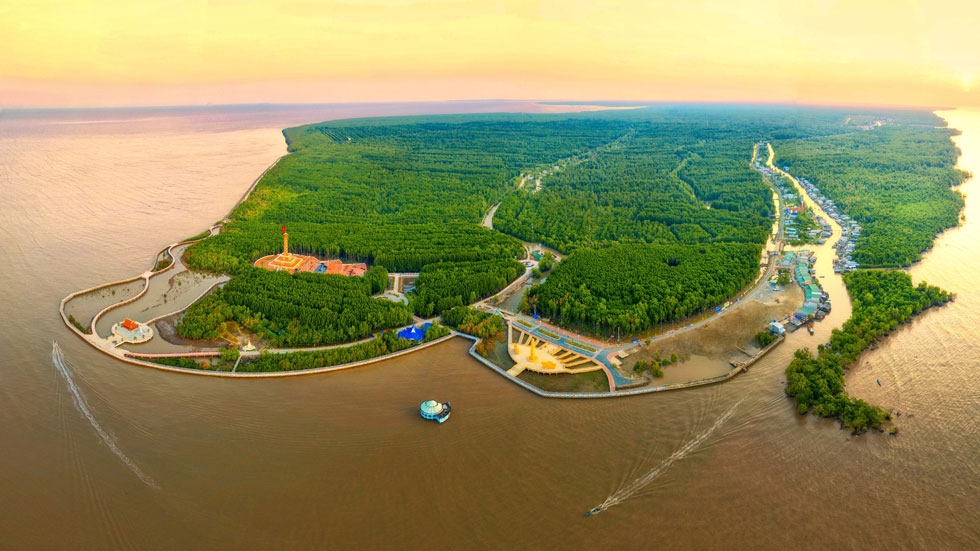 |
| Ca Mau offers a range of interesting experiences for visitors from both inside and outside the country. Photo Exploring Mekong |
Home to pristine beautiful sites and historical and cultural values throughout more than 300 years of its formation and development, the southernmost province of Ca Mau offers a range of interesting experiences for visitors from both inside and outside the country.
Ca Mau National Park
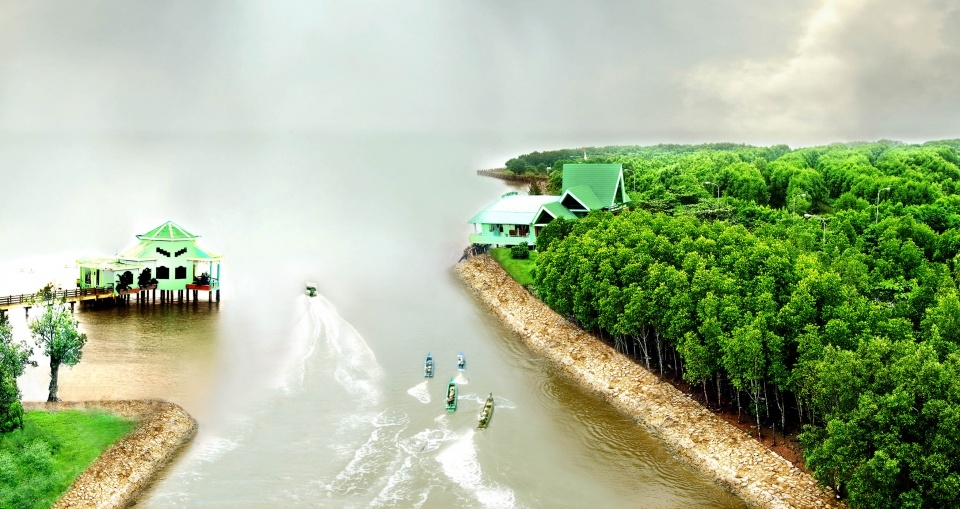 |
| A view of Cape Ca Mau National Park. Photo VietnameseFood |
The Ca Mau Park was added to a list of wetlands of international importance in 2012, becoming the 2,088th of its kind in the world and the fifth in Vietnam, with a large area of intertidal mudflats and submerged forests.
It is the only place in Vietnam with three sides bordering the sea and where two different tidal regimes interact, which contributes to building new mudflats and creating favourable habitats for many species.
The site also provides important stopover and wintering habitats for a large number of water birds. In 2010, the International Union for the Conservation of Nature (IUCN) recorded many globally-endangered species in the area, including primates, birds, otters, reptiles, and fishes.
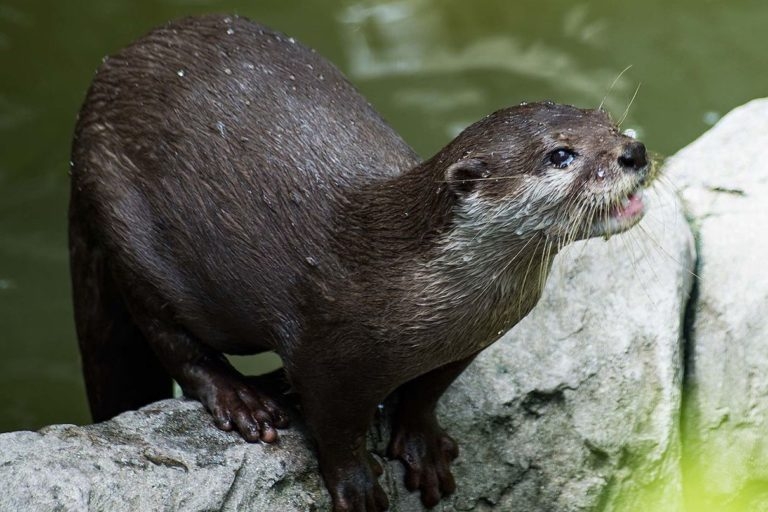 |
| A captive hairy-nosed otter (Lutra sumatrana). The endangered species lives in Cape Ca Mau National Park. Photo Wikimedia Commons |
One model for preventing future destruction can be found in Cape Ca Mau National Park. The park spans 420 km2, a little less than one-third of which comprises a strictly protected core zone of mangroves.
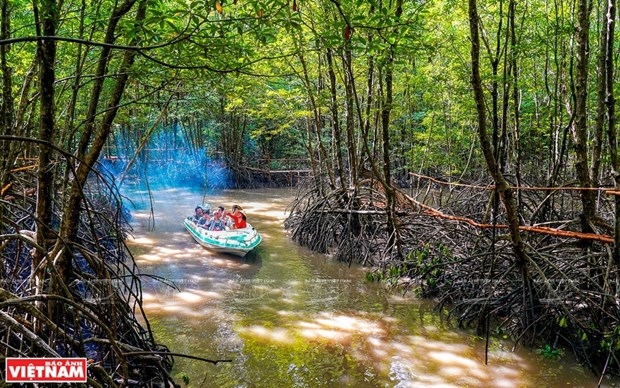 |
| Tourists experience magrove forest ecosystem in Ca Mau. Photo VNA |
“The forests in Mui Ca Mau National Park [the Vietnamese name for the park] are of vital importance in the regulation of ecosystems and geomorphology, as well as in coastal protection,” said Ly Minh Kha, deputy director of the park. “Mangroves along the coast and river banks have had important effects in preventing and combating wind and erosion, improving climate factors, reducing temperature fluctuations, and regulating rainfall.”
The park is also a Ramsar site. The region was once home to 16,000 km2 (6,178 mi2) of wetlands, but huge swaths of mangroves succumbed to defoliants sprayed by the U.S. military during the Vietnam War, and then conversion to shrimp aquaculture ponds in the following decades.
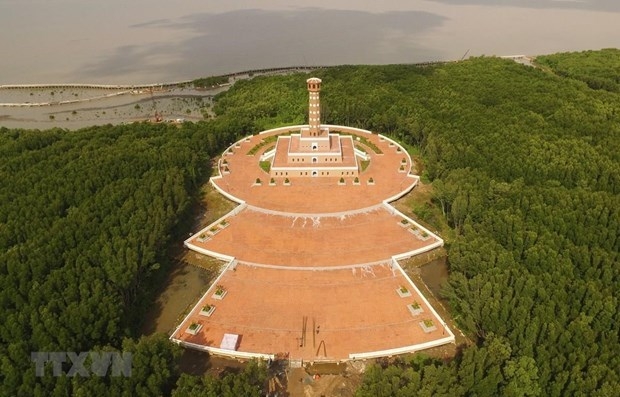 |
| Hanoi Flag Tower in Ca Mau Cape. Photo: VNA |
Traditional singing and apiculture in the wild
Along with freshwater and mangrove forest ecosystems, Ca Mau also has humanities-based tourism products with national and provincial historical and cultural relic sites.
Deputy Director of the provincial Department of Culture, Sports and Tourism Tieu Minh Tien said that local cultural features such as don ca tai tu (southern amateur singing), gac keo ong (apiculture in the wild), and a number of food specialties contribute to attracting visitors.
Don ca tai tu is younger than other kinds of Vietnamese traditional music like Xoan singing, Ceremonial singing, Xam singing, and Chau Van singing, but it’s grouped with Vietnamese traditional music for a number of reasons.
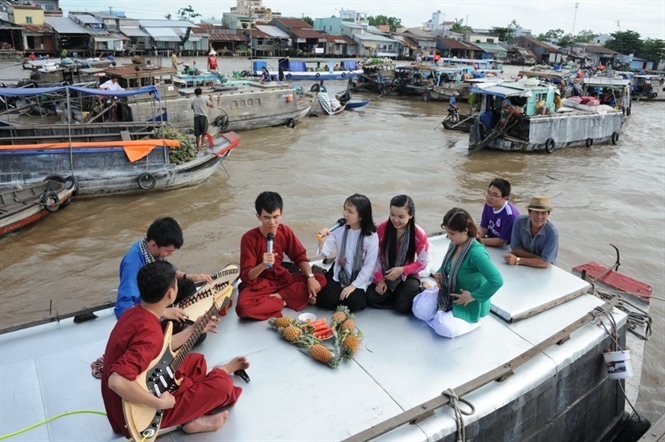 |
| One of the most important reasons is that today, although Vietnamese culture is threatened by cultural integration, information technology and globalization, the people of southern Vietnam appreciate and maintain this art form in their daily life. Photo Nong Nghiep Vietnam |
Don ca tai tu - traditional improvisational chamber music - emerged in the south at the end of the 19th century. It is now performed mainly in two places, taverns and tourist sites.
A traditional Tai tu orchestra includes a Vietnamese two-string guitar, a Vietnamese 16-string zither, a Chinese four-string lute, a Vietnamese two-string fiddle, a monochord and a flute. Since the middle of the 20th century, guitar and violin - two Western musical instruments - have been added to the orchestra. In order to make these new musical instruments compatible with the others, the guitars frets have been made deeper, and both instruments have been retuned.
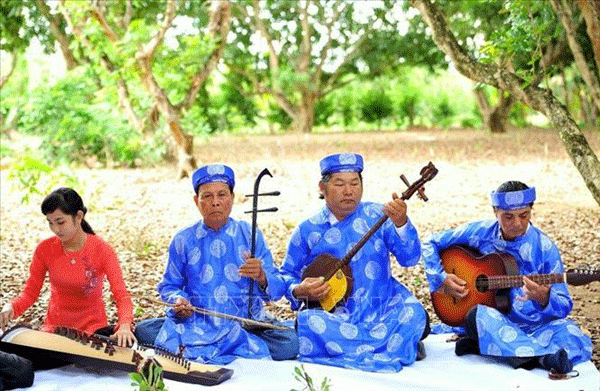 |
| All Tai tu musicians have to learn by heart the basic tunes of their repertoire from which they can improvise, while still maintaining the music’s integrity. Photo Phuong Nam Plus |
This kind of music is performed not only at parties, but also in the post-harvest time. It is played in the shade of trees or on boats, on a bright moonlit night. This southern amateur music cannot be found on modern stages or in cultural or tourism festivals. This genre of chamber music is usually performed on ‘plank beds’ in living rooms A recent field study in Vietnam’s southern rural areas turned up over 200 Tai tu groups with more than 2,000 members. Participants say Tai tu is becoming more and more popular among both Vietnamese and foreigners, even though some think its format has changed for the worse.
The recognition of gac keo ong (literally meaning ‘the cultivation of honey bee in the wild’) in Ca Mau as intangible cultural heritage has created momentum for beekeepers to develop a sustainable business and protect forests.
Gac keo ong is a significant cultural feature of people in U Minh Ha. The recognition certification was presented to representatives of U Minh and Tran Van Thoi districts at a ceremony on June 18.
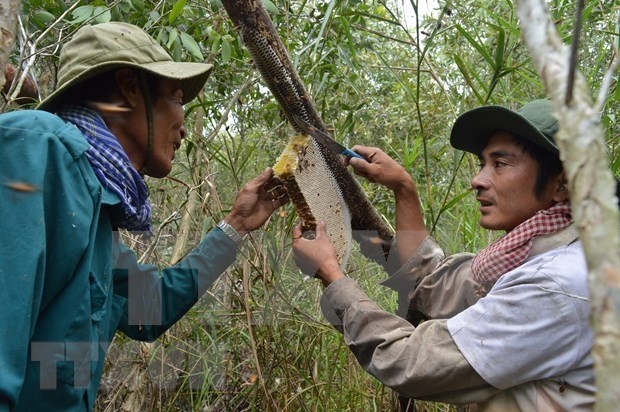 |
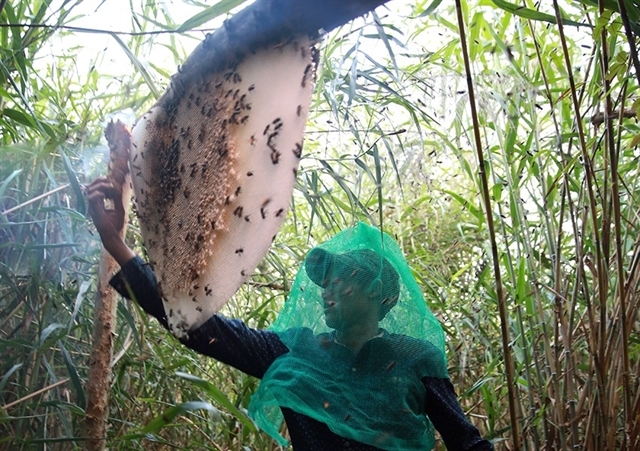 |
| Beekeepers keep a close eye on their branches to predict when bees will arrive to build hives and how long it will take for the bees to produce enough honey to be harvested. Photos Vietnamnews |
Locals said the gac keo ong, which is passed on between generations, has been practiced in U Minh and Tran Van Thoi districts since the latter half of the 19th century, when people began developing the areas.
Apiculturists use their experience to consider wind direction, sunlight, and the flight paths of the honey bees when deciding the ideal location for the branches. On top of this, the branches should hang at an incline of 45 degrees to ensure sunlight reaches it. It often takes between 20 and 30 days for the bees to build hives.
The best time to erect the branches is between sunrise and 9 am, with the best time to harvest being between 6 and 8 am. Before collecting honey, the beekeepers place smoking kindlings next to the hives, which causes the bees to leave. When collecting the honey, it is important to leave some honey cones, so the bees will return to the hive.
Food specialties
A species of crab in Nam Can district and a fermented fish hot pot in the U Minh Forest are in the list of the Top 100 specialties in Viet Nam in 2020-2021 by the Vietnam Record Organisation (Vietkings).
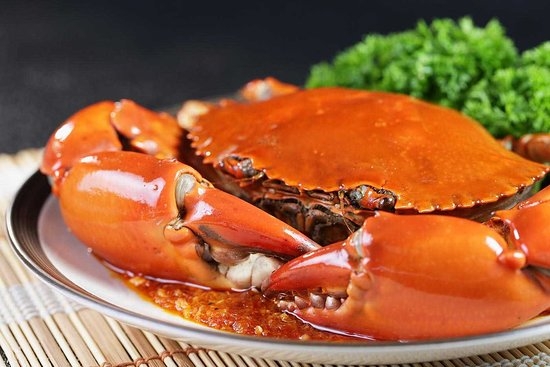 |
| Nam Can crabs. Photo Tripadvisor |
Ca Mau dried shrimp and U Minh honey, meanwhile, are also among the Top 100 Vietnamese specialty gifts.
Dried shrimp is mainly produced in the rural coastal districts in Cà Mau province such as Ngoc Hien and Tran Van Thoi, where local residents have their own unique recipe. The premium product is currently sold at around VND900,000-1.2 million (USD39.6 -57.2) per kilo.
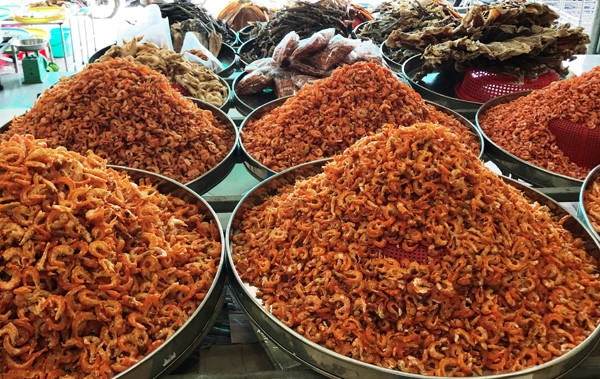 |
Fermented fish hot pot with wild vegetables or Lau mam rau rung is one of specialty food of U Minh. The broth of fermented fish hot pot in U Minh is cooked from Fermented snakeskin gourami (Mam ca sac).
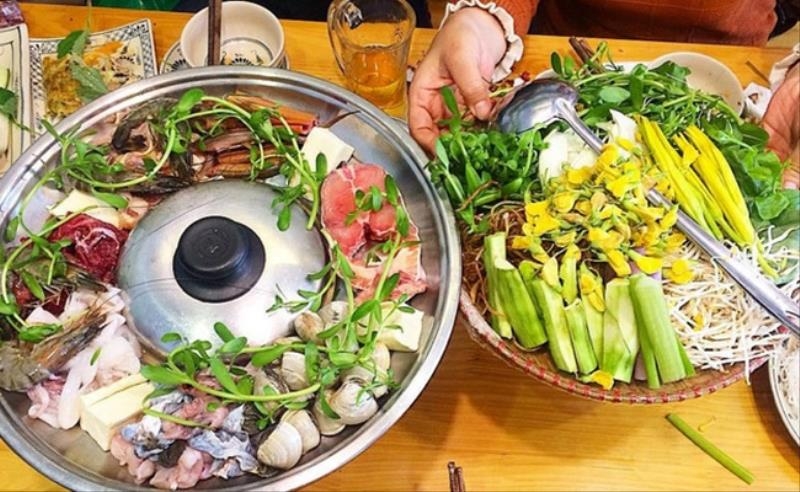 |
| Although some foreigners are familiar with taste and smell of Vietnamese fermented fishes, the broth cooked from Mam ca sac is very rich and fragrant.Photo Ca Mau Tourism |
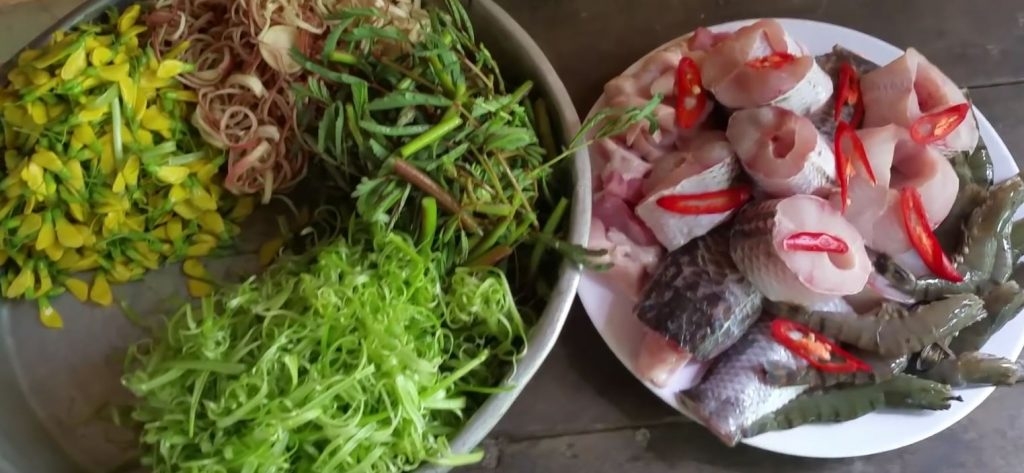 |
| The dish has five tastes: salt, sweet, sour, hot, bitter. The comfortable, flavorful and healthy Lau mam rau rung from U Minh can satisfy those hard to please. Photo scootersaigontour |
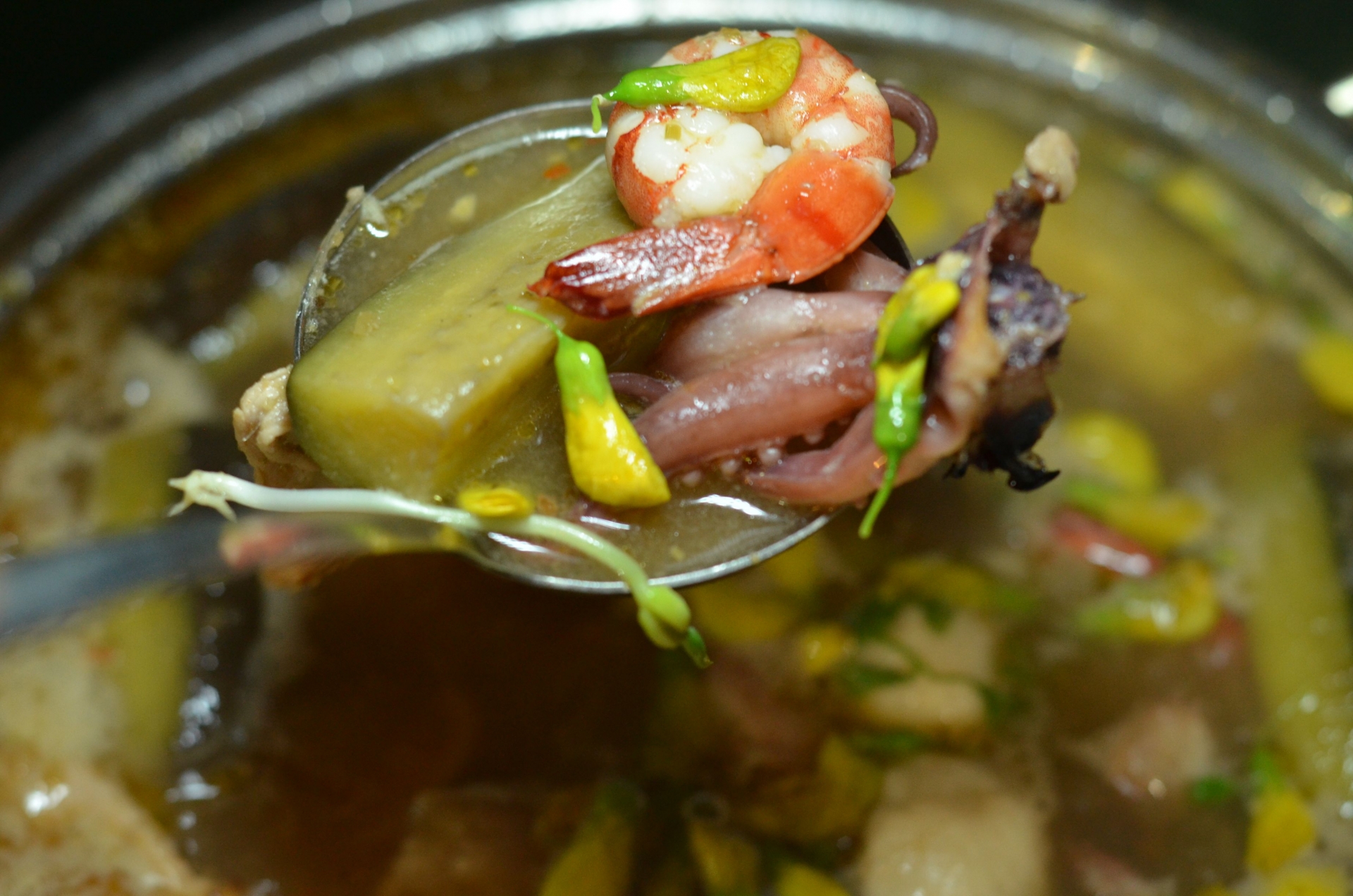 |
| Other ingredients such as fishes, seafood, meat, and vegetables are washed, drain off and served with a pot with the broth on a stove. Photo Ca Mau Tourism |
Dinners cook the ingredients at their tables while eating. They usually use chopsticks to put fishes (or seafood, meat, vegetables) at their wish into the pot, cover the pot, then wait until the foods are ready to eat. Dinners can dip cooked foods in special fish sauce (with chili pepper) to enhance the flavors.
In U Minh, fermented fish hot pot is served with rice noodles, many types of fresh fishes (snakeskin gourami, snakehead, tilapia which live in rice fields, rivers, swamps, and lakes), a wide range of vegetables (tomato, water lily stems, okra, polypody plant young shoot, centella, passiflora foetida young shoots, ludwigia prostrata)./.
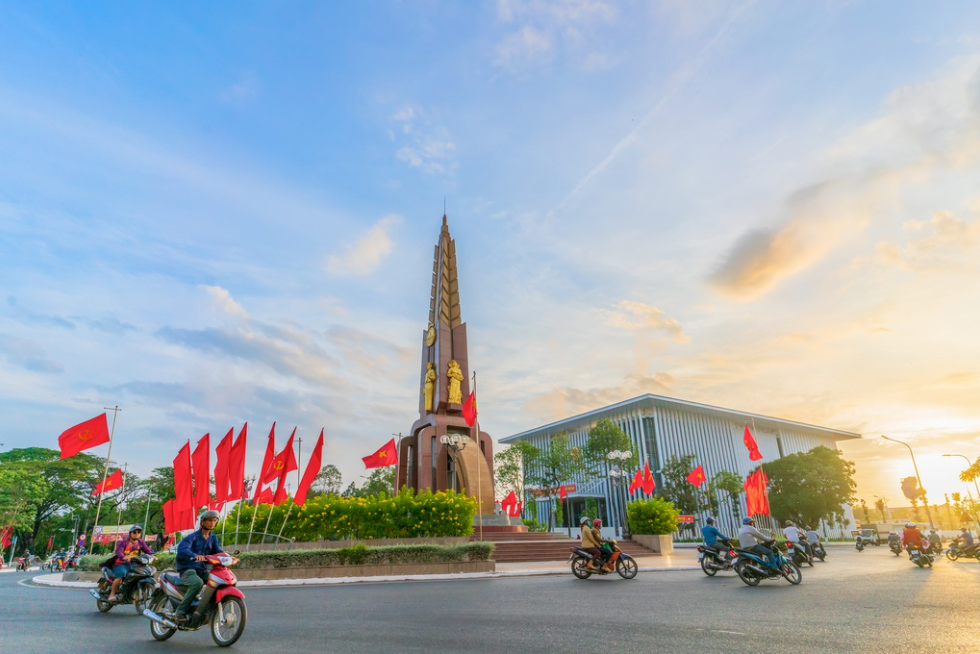 | Discover Ca Mau through unique lens Photo contest "Renewal Ca Mau" organized by CIT Company has introduced a lively and modern photo set of Ca Mau with attractive stories about the ... |
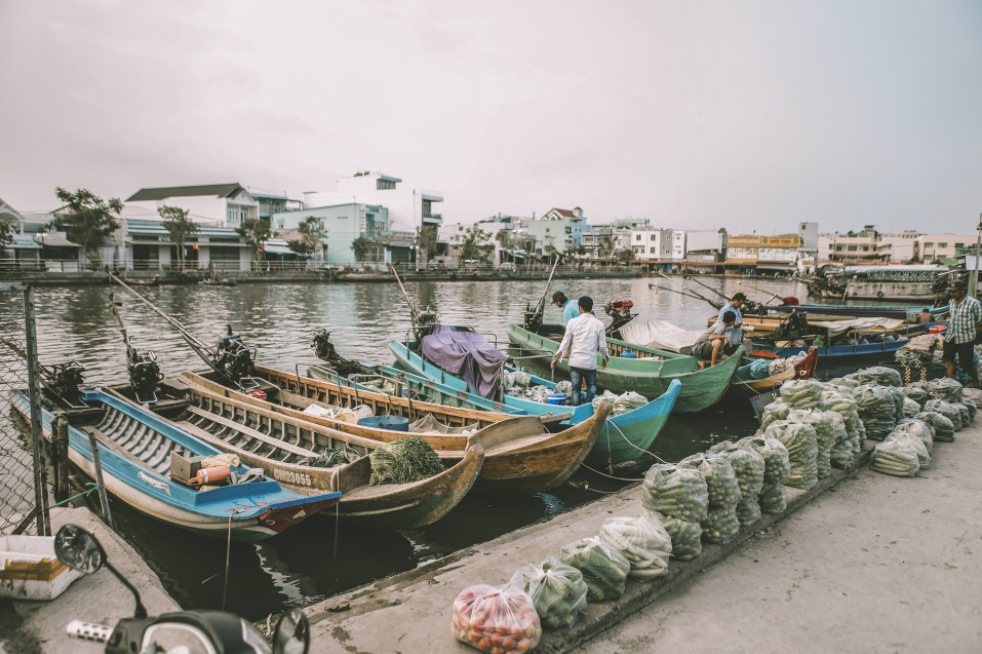 | Ca Mau's rustic beauty through young photographer's lenses The photo set of Ca Mau taken by Nguyen Ky Anh recreates every street corner, local cuisine, and the idyllic life in the south end ... |
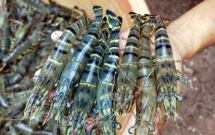 | Over 90 countries import Ca Mau shrimps With favourable climatic conditions endowed by nature, Ca Mau has led the Mekong Delta provinces in shrimp production. Currently, nearly 300,000ha in the province are ... |
Recommended
 Travel
Travel
Vietnam Through Australian Eyes: Land of Flavor, Warmth, and Timeless Charm
 Travel
Travel
Strategies for Sustainable Growth of Vietnam’s Tourism from International Markets
 Travel
Travel
Vietnam Strengthens Its Presence On The Global Tourism Map
 Multimedia
Multimedia
Phong Nha-Ke Bang National Park Named Top Adventure Travel Site
 Travel
Travel
Vietnam Welcomes Record-High Number of International Visitors
 Travel
Travel
Luxury Train From Hanoi To Hai Phong To Be Launched In May
 Travel
Travel
Phong Nha Named Top Budget-Friendly Travel Destination for Spring 2025: Agoda
 Travel
Travel

